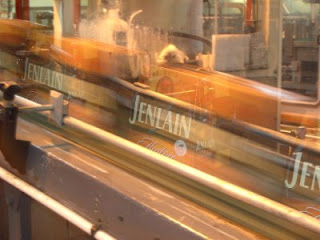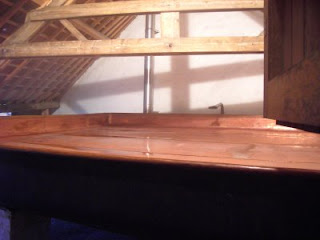

I’m one of the worst photographers in the world, especially when it comes to beer and brewing. For instance, what can you do with a mash tun that hasn’t been done before, and how do you become a David Bailey to a brewer who is only too eager to get back to what they do best? A lot of the mags I write for (or have written for) ask for photos to accompany the articles — budgets are non existent for snappers, with the writer being next bottom on the food chain. On a press trip, the digital camera is always an essential tool as well as the notebook; on some trips it feels like we’re at a photocall as the brewer is asked to sniff hops, stand by the FV (or even pretend to look into it), lift a glass, sip from the glass or generally act the fool for a bunch of writers who are desperate for a glass of something sustaining. In the course of my work, I sometimes have a snapper in tow (especially if it’s a non-beer feature), but beer writing is very much can-I-take-another-shot and surreptitious glances at the way more superior snappers have framed their shots. Tomorrow I’m off up north on a press trip, in which several breweries and pubs will be visited and no doubt out of 100 photos I have taken, three will be serviceable. Henri Cartier-Bresson I am not — but here are a couple of pix I am proud of. The top is a bar scene in the Brewery Tap in Cains — one of the guys in the pic wasn’t too happy at being photographed, but was mollified when I said I wasn’t from any official body. Nothing much is happening in the pic, but that’s pub life sometimes. Secondly, this is the bottling line at Jenlain and came about quite by accident, I was being taken round by Raymond Duyck’s father, who spoke no English and I no French. He seemed very proud of his bottling line (as were several of the Northern French brewers I visited). I like the way one pack emerges out of the blur of rushing cases.






